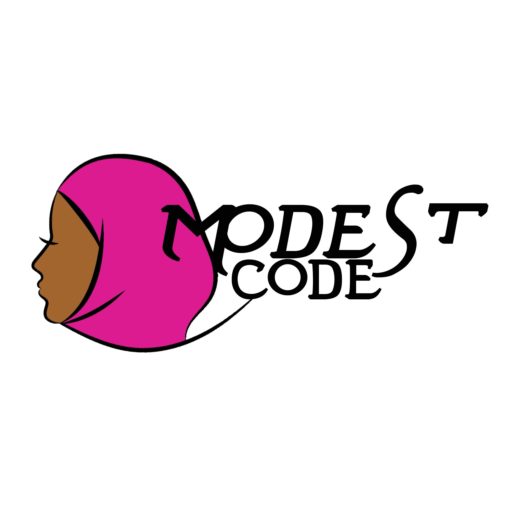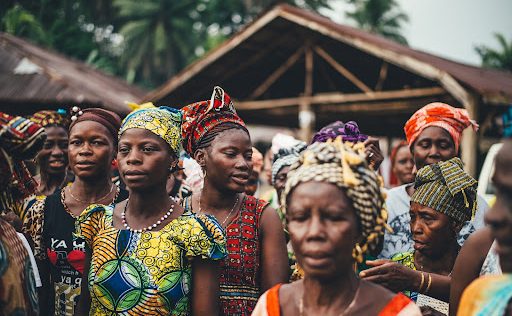Except in the most extreme situations, no society, culture, or community would purposely jeopardize its indigenous people’s lives( The case of Female Genital Mutilation is no different). This is not a judgmental statement but an observation based on trends. Human beings are hard-wired to act in ways that will reduce the internal dissonance they perceive. This is done by changing behaviors, thoughts, or feelings to create equilibrium among contrasting ideas and desires (Bagozzi et al., 1999; Festinger, 1964).
It is imperative to acknowledge that culturally entrenched community and social systems would be shattered if we simply applied top-down edicts. Therefore, we must first devise and implement policies and interventions that engage communities. That encourage behavioral change from within as opposed to applying policies or laws which may appear to conflict with generations of cultural or religious traditions. Behavioural science presents an efficient tool to understanding human behavior, and the decision-making process to better design programs to help people achieve their goals with minimal barriers preventing adoption or acquisition of any given behavior.
Female genital mutilation includes all procedures involving partial or total removal of the external female genitalia or injury to the female organs whether for cultural, religious or other non-therapeutic reasons. According to the UNFPA-UNICEF Joint-Programme on the Elimination of Female Genital Mutilation, in 25 countries where FGM is routinely practiced and data is available, an estimated 68 million girls will be cut between 2015 and 2030 unless concerted and accelerated action is taken. Many believe the practice maintains a woman’s virginity until marriage and reduce libido after marriage while enhancing male sexual pleasure. It is also believed to ensure premarital chastity and fidelity while discouraging extramarital affairs.
One of the major reasons why women are subjected to FGM is because it has often been seen as a prerequisite for marriage in many societies where this practice exists. Some communities believe that FGM enhances fertility by increasing the cleanliness of reproductive parts while others view it as part of their cultural heritage. There is, however, no evidence that FGM enhances fertility (Koso-Thomas, 2000) or stimulates growth hormones (Boyle et al., 1996; Carael et al., 1995; MacDougall et al., 1989; Pérès et al., 1984), which are often cited reasons for its implementation.
The Ghana Case
In Ghana, many women have been victims of female genital mutilation. The Ghanaian government outlawed female genital mutilation in 1994 (Criminal code Amendment Bill; Ghana, 1994), the law dictates circumcisers can be imprisoned for up to three years. Despite legislation, some ethnic groups in the Upper East region still practice this tradition. The reality is that while the overall prevalence of FGM in Ghana is about 4%, studies have shown that it can be up to 38% in the Upper East Region with the Bawku municipality recording as high as 82% (Sakeah et al. BMC Women’s Health 2018). The higher prevalence in Northern Ghana is believed to have resulted from the merger of cultures of the local people and that of neighboring countries like Mali, Burkina Faso, and Togo where this custom is more common.
What can we do differently?
Many interventions and policies have been instituted in an attempt to control and eradicate female genital mutilation as a cultural norm but as with many policies that break down community-based practices, these attempts have often made little impact on the reformation of such communities’ ideological viewpoints on FGM. These interventions also tend to perpetuate the long-established business as usual forms of community engagement and sensitization modules that do not take community uniqueness into account. In today’s fast-changing world especially, it is imperative to disrupt these established work forms for new ones to emerge so as not just to overcome societal problems but also thrive during these times of change. In the words of Mireille Tushiminina, the Coordinator of the UNFPA-UNICEF joint programme “It isn’t possible to do business as usual with different outcomes’ ‘.
To better understand the problem of FGM in Ghana, we must first examine the factors that underpin this practice. A complete understanding of these insights will enable us to work with social actors and implement positive lifestyles and health changes. In this regard, we have to devise unique insights on how we can go about crafting interventions using observational techniques and behavioural experiments. In short, our process may look as follows:
First, study what is being done currently through field observation and interactions with community people involved in fostering FGM practices. Second, devise insights that capture their attention and inspire them to consider alternative methodologies of doing things while still preserving traditions through community action, empowerment and awareness creation. Thirdly, plan out a strategy for allowing their behaviour modification efforts to take root by providing a forum where they can meet regularly for support and encouragement to break the routine of FGM.
Field observation and interactions
Field observations, interviews, focus group discussions etc. will give us a complete insight into current practices surrounding FGM. Capture insights through detailed observation notes and video documentation. This can include relevant information on what is being observed as well as interactions with persons involved in these practices across different communities. It would allow us to identify key community actors such as “Cutters” and “Men, husbands or Fathers” that may have been previously neglected by conventional approaches. Behavioural experiments can also be used at this stage to investigate peoples’ thoughts or feelings about certain behaviours that are part of their cultural traditions. For example, an experiment could involve intensive engagement with “Cutters” to unearth their motivation for practising FGM; preservation of culture, religious obligation, fiduciary duty, sources of livelihood e.t.c.
Devise insights that capture attention through community action, empowerment and awareness creation
The traditional approach has been to bring external actors to communities for outreach work to raise awareness about the dangers of female genital mutilation. This approach may not have long sustainable outcomes because it does not take local circumstances or issues into consideration. How do we work with local actors to implement effective lifestyles and health changes that do not necessarily conflict with long-standing traditional and cultural practices?
“If you want to go fast, go alone. If you want to go far, go together.”
The most important insight here is to understand why FGM is practiced in subject communities (e.g. prerequisite for marriage, elimination of extra-marital affairs, promotion of women’s hygiene, enhancing sexual pleasure). Based on this understanding, we work with the community members to devise alternative approaches to achieving such outcomes without endangering the health of women. Interventions through health education would be crucial but we have to encourage community members, key actors, leaders, local language media e.t.c to take ownership of these campaigns to incorporate these changes while maintaining cultural integrity and cohesion. The community should be at the core of development efforts so solutions are appropriate, sustainable and accepted locally.
Plan out a strategy for allowing their behaviour modification efforts to take root
Thirdly, we must plan out an effective strategy for our approach to yield positive outcomes within communities fostering FGM practices. This approach should allow for regular interaction between community members, social actors, and policymakers. This will encourage the formation of new sustainable work practices. Such a strategy could include the provision of small loans or funding to existing “Cutters” to help them diversify their means of livelihood. It should also provide suitable training opportunities. This will empower them to encourage other women who may be in support of FGM to consider alternatives that are not one-time efforts.
In summary, this approach focuses on solving problems at their source. Creating forums where participation is not limited to change-makers but created by grassroots stakeholders themselves. These people have a stake in the future of their communities. It is also important to constantly revisit, reform, and update the approaches and behavioural insight experiments, in other to better apply to local circumstances and environmental factors. We believe that these approaches will allow for a better understanding of behaviours within communities fostering these practices, empowering community members about possible changes, allowing them to interact with policymakers to create new local work practices that are sustainable and demonstrate the importance of behavioural science in community-based interventions.
Author: Samiha Yunus





[…] various communities, we are responsible for actively participating in understanding and engineering appropriate solutions, not mere beneficiaries of […]